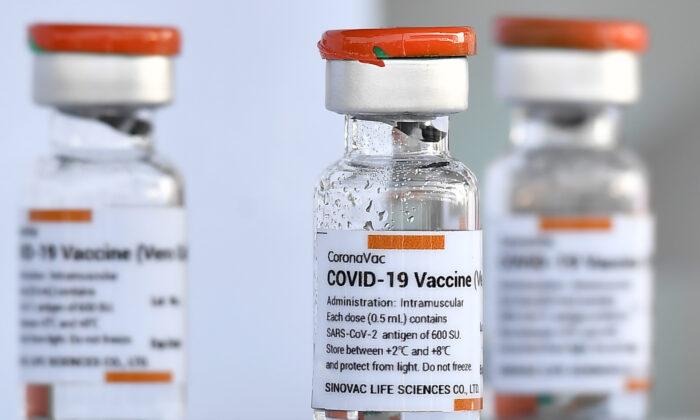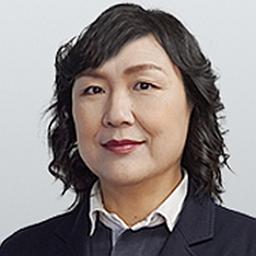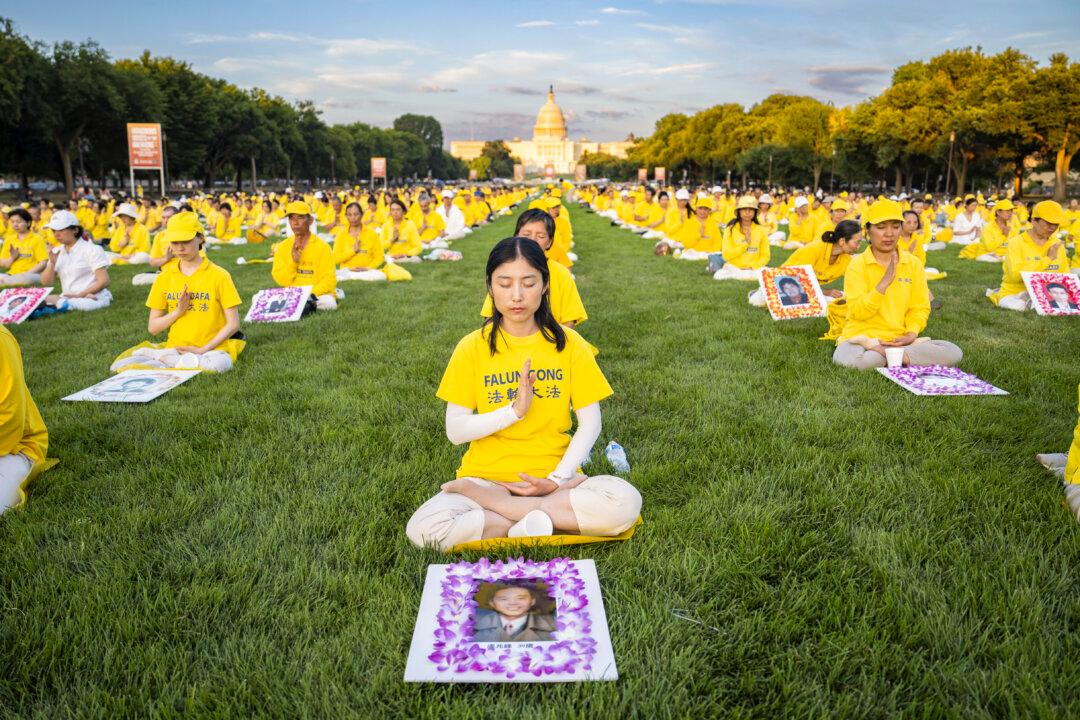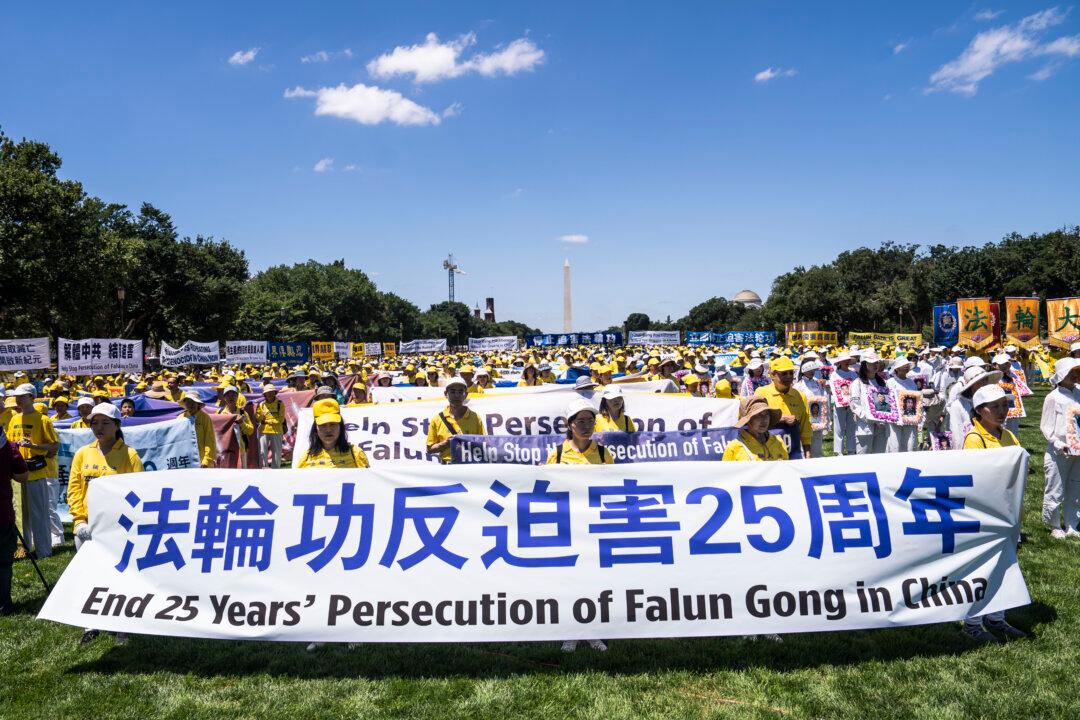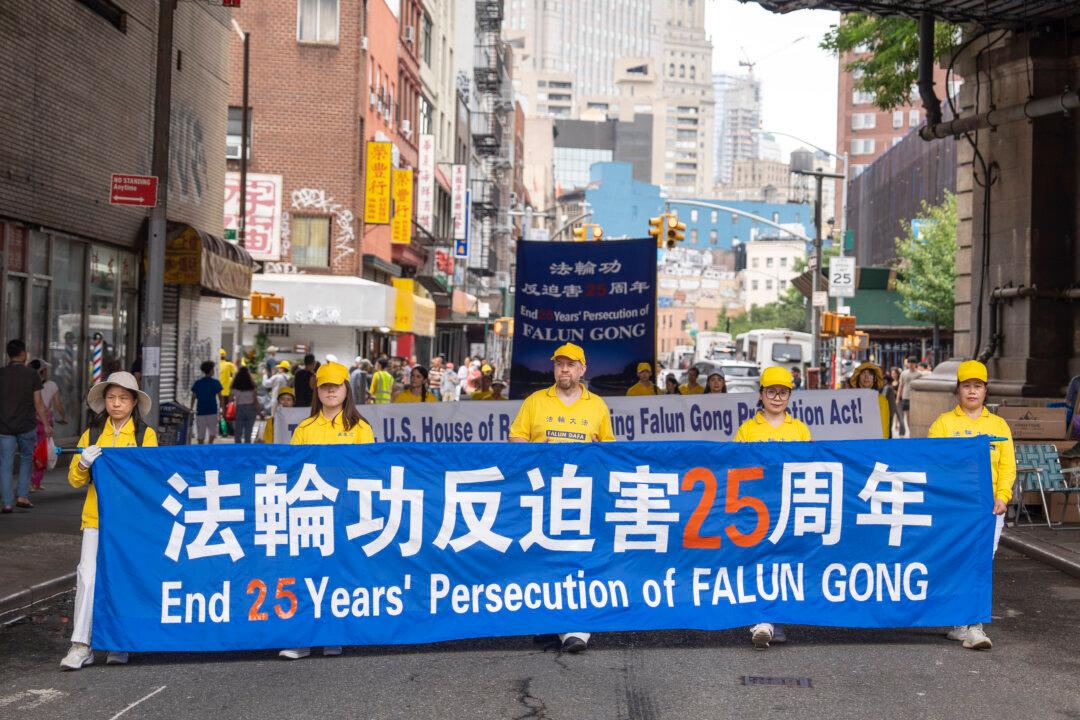The first quarter financial reports of COVID-19 vaccine and testing reagent manufacturers in China have shown huge profits compared to the same period last year.
The Chinese National Health Commission said last month that China has conducted 11.5 billion nucleic acid tests nationwide so far, which means that each resident has been tested eight times.
Sinovac Biotech Ltd., Assure Tech (Hangzhou) Co., Ltd., and Hangzhou Alltest Biotech Co., Ltd. are among the top beneficiaries of all the vaccination and testing.
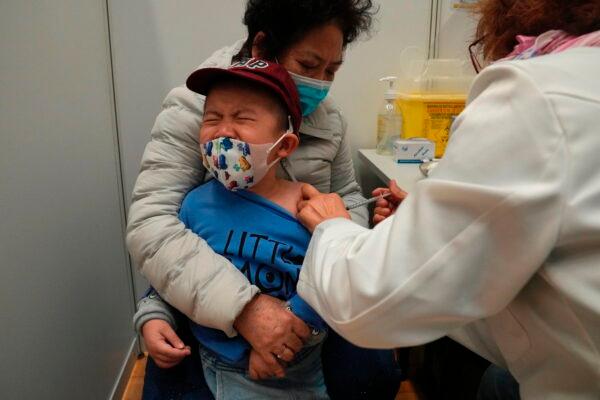
Jin Dongyan, a professor at the School of Biomedical Sciences, LKS Faculty of Medicine of the University of Hong Kong, said that Sinovac benefits from policy support. “The state grants you a license, and then you have a chance to do something,” Jin said, “[and that’s how Sinovac] has made a huge profit out of a small investment.”
The production cost is “very very low,” he told Sing Tao Daily, a pro-Beijing news outlet in Hong Kong, “(The cost of raw materials per dose) is basically a matter of a few yuan [less than a dollar].”
Assure Tech is a biotechnology company established in 2008 in Hangzhou, a city close to Shanghai, specializing in R&D, production, and sales of diagnostic reagents, point of care testing (POCT), and biological materials. Assure Tech is one of the 21 listed nucleic acid testing reagents producers that have reported colossal growth in net profits in the first quarter. According to Sina’s report, the net profits of 11 out of the 21 companies has increased by 100 percent year-on-year.
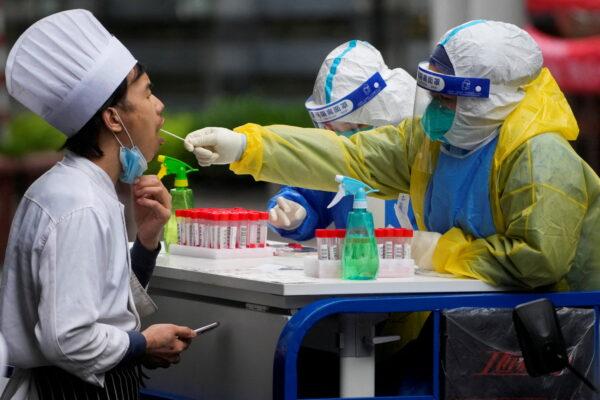
Huge Expense Going Forward
Beijing stated that as of March 31, 2022, China had spent $18.8 billion on Covid-19 vaccines, for 3.27 billion doses.As of May 22, 2022, the National Health Commission disclosed that a total of 3.37 billion doses have been administered, representing an increase of 100 million doses in less than two months.
With the recent pandemic outbreak in China’s megacities including Shanghai, Beijing, and Tianjian, the regime has announced its plan to normalize the testing practice with fixed and mobile test booths in larger cities, which are within 15-minute walking distance from residential compounds.
“If all first- and second-tier cities in China implement normalized nucleic acid testing, the annual cost of testing will be as high as 1.7 trillion yuan [about $255 billion],” according to Deutsche Welle.
If true, these testing expenses will surpass the regime’s estimated military spending of 1.37 trillion yuan [about $205 billion] for 2021.
Chinese Tax Payers Pay for the Vaccines and Tests: Expert
Where will the money come from?On April 2, the regime’s National Health Care Security Administration said in an interview with the official Chinese TV channel that the vaccines are provided to people for free and that the purchase expenses of COVID-19 vaccines have been shared by the medical insurance fund and public finance.
A China economy expert said the vaccines are not free.
Wei Ran, a financial analyst and YouTuber, said on May 19 in her self-media program “Economics Up and Down” that Chinese taxpayers have to shoulder the expenses.
“The public finance comes from tax collected from taxpayers, and medical insurance funds come from contributions of both employees and employers. In case medical insurance is used up, people have to contribute more,” Wei Ran said.
When the government runs out of money, it either collects more taxes, issues bonds, or prints more money, added Wei. “The ultimate payers are Chinese taxpayers,” she said, “I believe that, behind the zero-COVID constraints and tests, ordinary Chinese people are suffering physically and financially.”
A Chinese blogger with the pen name “zongguan tianxia” wrote in his post on May 15 that Chinese taxpayers saw an increase in their contributions to the medicare care fund and social welfare fund in 2021.
“Who are the controlling shareholders of these profitable vaccine companies? It is too sensitive to talk about,” he wrote, “but the fourth boost is on its way.”
